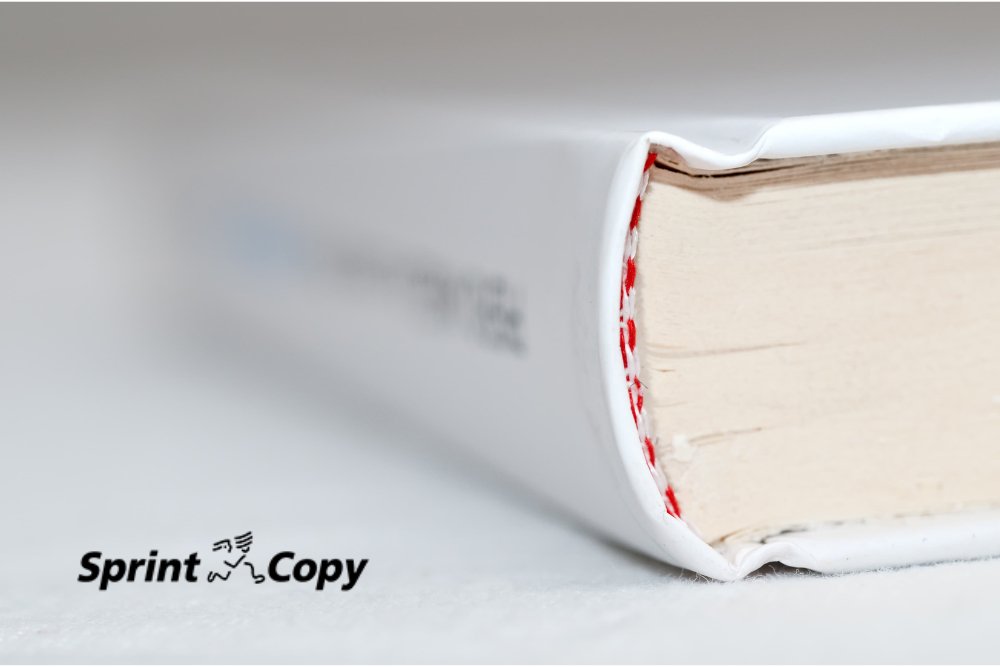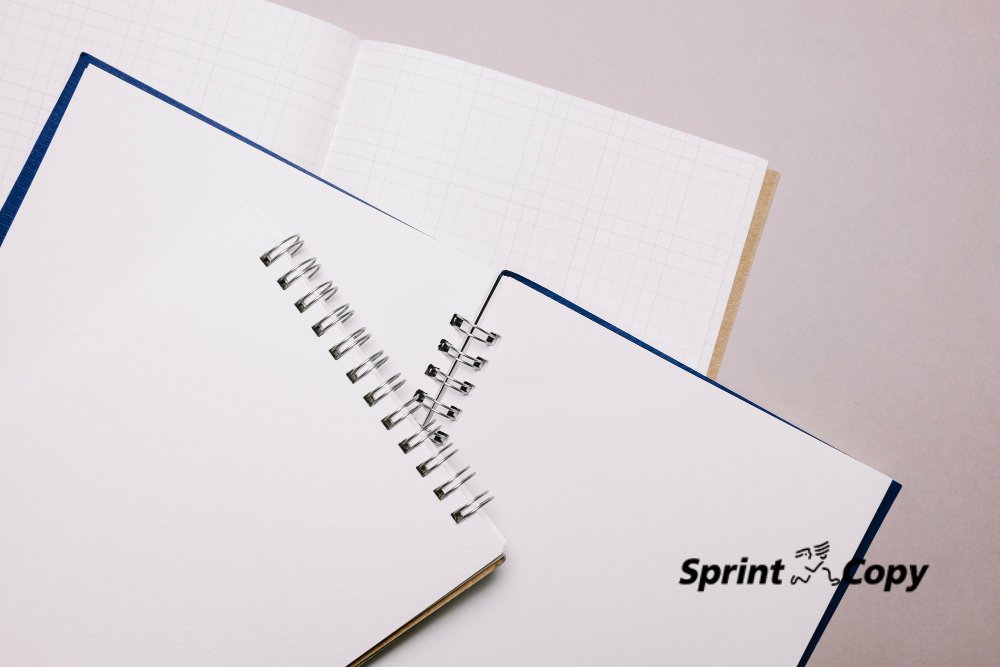How to choose the best type of binding.
Choosing the best type of binding for your printed projects is key to achieving a professional and durable finish. Whether you're preparing a corporate report, a catalog, a thesis, or any other type of document, binding not only influences the appearance but also the functionality and durability of the product. In this article, we explain the different types of binding available and how to select the most suitable one for each project.
Why is the type of binding important?
The type of binding is not just an aesthetic choice; it is a functional element that affects the durability, handling, and presentation of the document. A good binding process ensures that the pages remain in place, that the document is easy to flip through, and that it has a professional appearance. Moreover, the right choice can extend the lifespan of your work and make it more attractive to readers.
Most common types of binding
There are different types of binding, each with its own characteristics and advantages. Below, we explain the most commonly used ones in the printing world.
In spiral
This type of binding is ideal for documents that need to open completely, such as manuals, presentations, or calendars. Spiral binding uses a plastic or metal coil that passes through holes on the edge of the pages. It is an economical option and allows for easy handling, but it is not the best choice if you're looking for an elegant finish.
With comb
Similar to spiral binding, comb binding uses a system of plastic rings. However, unlike spiral binding, this system allows pages to be easily added or removed. It is very common in corporate presentations and office documents. While functional, its appearance is somewhat less professional compared to other methods.
Rustic or milled
This type of binding is commonly used in paperbacks and catalogs. It involves gluing the pages to the spine of the cover, resulting in a clean and professional finish. It is ideal for larger documents such as books, catalogs, or magazines. Perfect binding offers good durability and a more formal appearance.
In hardcover
Hardcover binding is undoubtedly the most resistant and durable type of binding. It is used in high-value books such as theses, final projects, art books, or special editions. The pages are sewn or glued and then covered with a rigid cover that protects the content. This option provides a luxurious finish but is also the most expensive and takes more production time.
Sewn
For documents that need high durability and strength, sewn binding is an excellent option. This type of binding joins the pages with threads that are sewn along the spine of the document. It is common in high-quality books and projects that need to withstand the test of time, such as albums or encyclopedic books.

What factors to consider when choosing the best type of binding?
When selecting the right type of binding, you should consider several important factors:
- Document use: A corporate annual report may require a different type of binding than a university thesis. Consider the final purpose of the document and how it will be handled.
- Number of pages: The number of pages directly influences the choice of binding. For example, spiral binding is suitable for thinner documents, while books with many pages often require perfect or sewn binding.
- Durability: If the document will be handled frequently, such as a catalog or manual, it is important to choose a type of binding that offers durability and strength.
- Budget: Cost is another factor to consider. More elaborate bindings like hardcover or sewn are usually more expensive than simpler options like comb or spiral binding.
- Aesthetics: Presentation is also important. If you need your document to look professional and attractive, perfect binding or hardcover are good options.
How to avoid mistakes when selecting the type of binding.
One of the most common mistakes is choosing the wrong type of binding for the project. Here are some tips to avoid problems:
- Consult a professional: It is always useful to ask for advice from a professional printer. They will be able to guide you to the best option according to your needs.
- Make tests: If you have doubts between several types of binding, ask for a sample before deciding.
- Consider the final size: Make sure that the binding chosen is compatible with the size and thickness of the document.
Conclusión
Choosing the right type of binding for your project is critical to ensure both the functionality and aesthetics of the final product. Whether you need a simple and practical finish such as spiral binding or a more sophisticated option such as hardcover, it is important to consider factors such as document usage, durability and budget.
At Sprintcopy, your printing company in Barcelona specialized in Offset and Digital printing, we offer a wide range of binding options to suit your needs. If you have doubts about what type of binding is best for your project, visit our blog for more tips or contact us directly. We also invite you to explore our reprographic services, where we can advise you on every step of the printing process - we're here to help you make your work look perfect!

